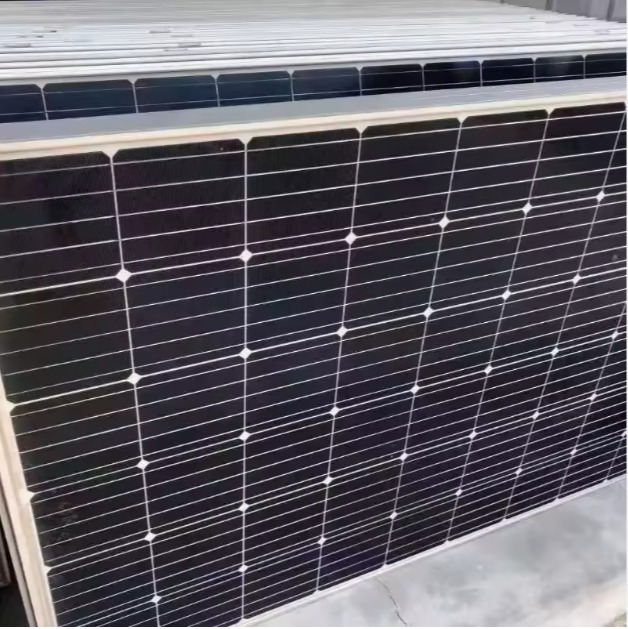Regular maintenance of your cooling system is not just about ensuring comfort during hot months; it’s a smart way to extend its lifespan, improve energy efficiency, and avoid untimely breakdowns. Here’s a detailed seasonal checklist to help keep your cooling system running smoothly all year round.
1. Check and Replace Air Filters
One of the simplest yet most important steps in cooling system maintenance is checking and replacing air filters. Dirty or clogged filters can restrict airflow, making your system work harder and increasing energy consumption.
Tip: Inspect your air filter every 1-3 months. If it looks dirty or clogged, replace it with a new one. Depending on usage, you might need to change filters more often during peak summer months.
2. Clean the Outdoor Unit
Your outdoor condenser unit often collects dirt, leaves, and debris, which can obstruct airflow and reduce efficiency. Cleaning it regularly ensures optimal performance and prevents unnecessary strain on the system.
Tip: Use a garden hose to gently wash off debris. Avoid using high-pressure water as it can damage the fins. Trim nearby shrubs or grass to ensure a minimum two-foot clearance around the unit for proper ventilation.
3. Inspect and Clear Drain Lines
Cooling systems have drain lines that help remove condensation. Over time, these lines can get clogged with algae or dirt, leading to leaks and water damage. Conducting leak detection in Sandy or your local area is especially important for identifying potential blockages early.
Tip: Pour a mixture of water and white vinegar into the drain line every couple of months to keep it clean and clear.
4. Test the Thermostat
A fully functional thermostat is crucial for maintaining the desired indoor temperature efficiently. Test it regularly to ensure it’s calibrated correctly and responding as expected.
Tip: Upgrade to a programmable or smart thermostat, which can learn your schedule and optimize energy usage for better efficiency.
5. Check for Refrigerant Leaks
Low refrigerant levels can seriously affect your system’s cooling capacity. Refrigerant leaks not only reduce efficiency but may also damage the system over time. Professional maintenance is recommended to handle these issues.
Tip: If your system struggles to cool or you notice ice forming on the coils, it’s time for a professional inspection to check refrigerant levels and identify leaks.
6. Examine Ductwork for Leaks or Blockages
Cool air can escape through leaks or gaps in your ductwork, leading to inefficient cooling and higher energy bills. Regularly inspecting the ducts ensures they are clean and free of blockages or damages.
Tip: Seal ductwork leaks using aluminum foil tape and schedule a professional cleaning every few years to remove dust buildup that could obstruct airflow.
7. Schedule Professional Maintenance
While DIY tasks can handle the basics, a professional tune-up is essential to ensure your cooling system runs efficiently. Technicians can spot issues that may go unnoticed and address them before they escalate.
Tip: Schedule annual maintenance checks, ideally in spring, to prep your cooling system for heavy summer use.
Ensure Year-round Comfort by Staying Proactive
Following this seasonal checklist will help you maintain your cooling system’s performance, efficiency, and durability. By addressing potential issues early, you can avoid costly repairs and enjoy a comfortably cool home no matter how high the temperature rises.














Leave a comment